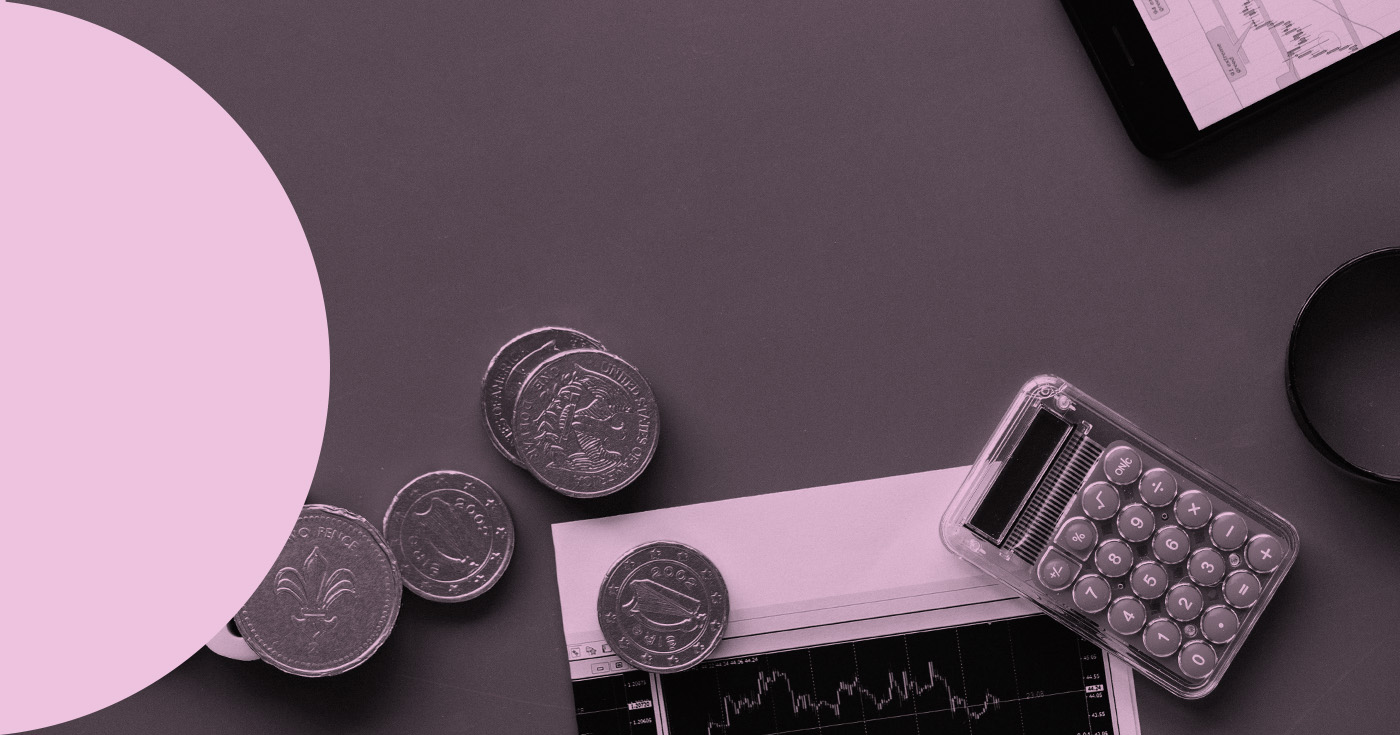
How to create an emergency fund
Last Updated on 19 September 2024 by Equipo Urbanitae
A good way to reduce financial stress is to keep track of our finances. Having an emergency fund when saving could be a first step to staying calm in the face of unexpected expenses, as well as to analyze how and where we spend our money, helping us to maintain a more organized budget.
In addition to saving us in unforeseen situations, an emergency fund can help us manage our money better in the long term or avoid the temptation of resorting to costly loans in times of need. At the same time, it gives us the freedom to make more informed and less rushed financial decisions, knowing that we have a backup that can help us.
What is an emergency fund?
Before defining a guide to creating a personalized emergency fund, we need to understand what it is and what it’s for. An emergency fund is a money reserve intended to cover unforeseen expenses that may arise, i.e., expenses that go beyond our regular financial commitments. This fund acts as a financial cushion to help us handle unexpected economic events that we didn’t anticipate, so we can face them without stress.
To create our emergency fund, it is important to keep in mind that it must have certain characteristics. This money is not part of the monthly budget and should only be used to pay for unexpected expenses. Additionally, it is essential that the fund be liquid, so that we can access it easily and quickly when an emergency arises.
Some situations we are referring to might be: home or car repairs, fines, covering damages caused by natural disasters, or even a sudden loss of employment. The emergency fund is there to cover these expenses until income can be generated again.
Step-by-step guide to creating an emergency fund
Step 1: Establish the necessary amount
To start creating an emergency fund, the first thing we need to do is determine how much money we can set aside each month. The ideal amount can vary depending on circumstances, but a general recommendation is to accumulate the equivalent of 3 to 6 months of basic expenses.
To calculate this amount, you need to add up all essential expenses that will reduce your total savings each month: rent or mortgage, utilities, food, transportation, insurance, and debts or other recurring payments.
Step 2: Choose the type of account
An important step is selecting the right place to store the emergency fund, with the goal of ensuring the money is available at any time. The most recommended options are: first, a high-yield savings account to allow the money to grow while still being available for emergencies. Alternatively, we can use a money market account, which allows transactions like checks or transfers, providing easy access to the funds.
Step 3: Automate your savings
To build an emergency fund effectively, it helps to automate the saving process. The first step should be to set up automatic transfers from your checking account to your emergency fund account. Start by deciding on a fixed amount that is realistic and doesn’t affect your daily finances. If you decide to save 200 euros a month, you can set it up to be automatically transferred to your savings account. This way, you avoid having to decide how much to save each month based on your expenses.
Step 4: Regularly review and adjust the fund
Ideally, your financial situation will change over time, so it’s important to review and adjust your emergency fund regularly. Conducting an annual review of the emergency fund is the most recommended way to ensure that the amount set aside remains adequate in relation to your expenses and income.
Step 5: Use the fund responsibly
The goal of building an emergency fund is to handle expenses and unforeseen events that we will likely have to face at some point. To ensure that this money is properly reserved, some recommendations can help.
Before starting, we must clearly define what constitutes an emergency and what does not. This will prevent the fund from being used for routine or non-essential financial expenses. At the same time, it’s important to keep a detailed and consistent record of the expenses drawn from the fund to evaluate if it needs additional savings or if it can be replenished over time.
Conclusion
Building a solid emergency fund is the foundation of a good strategy for any investor looking for financial stability and to protect their portfolio. Setting an appropriate amount, choosing the perfect savings account, automating savings, and regularly reviewing and adjusting the fund are the steps we need to take to be prepared to face any unexpected events with as much peace of mind as possible.

